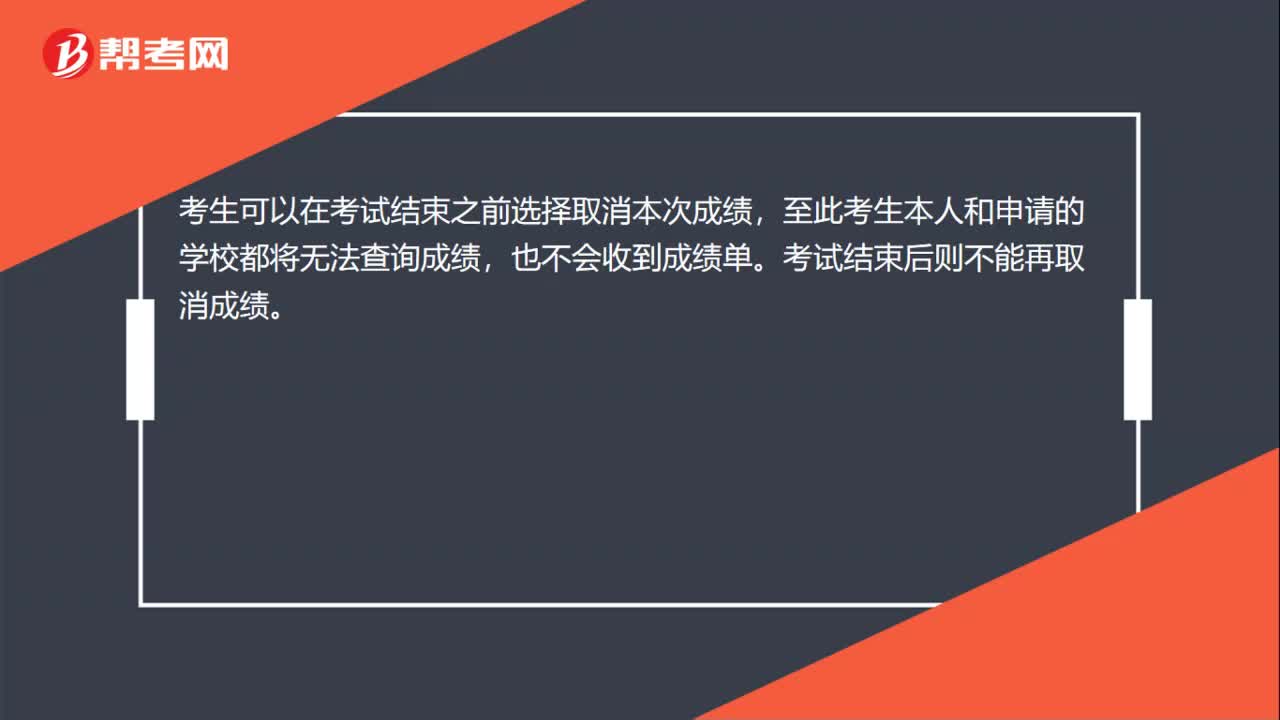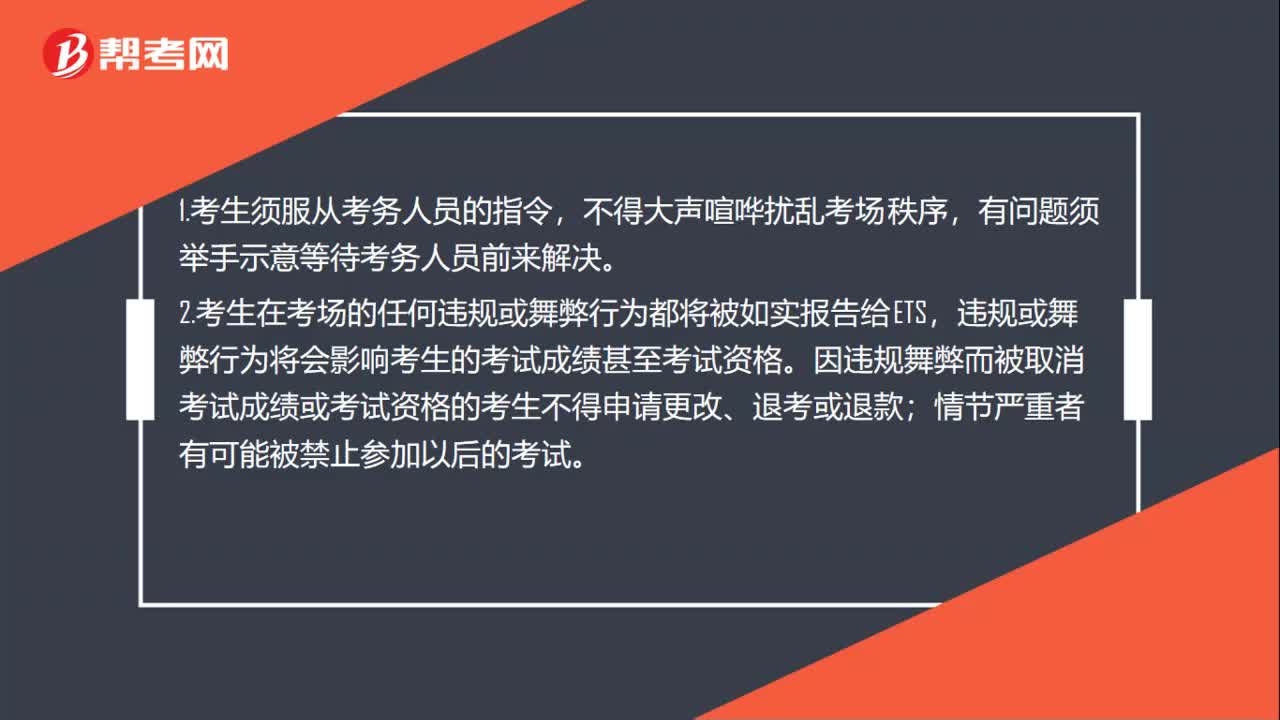
下载亿题库APP
联系电话:400-660-1360

下载亿题库APP
联系电话:400-660-1360

请谨慎保管和记忆你的密码,以免泄露和丢失

请谨慎保管和记忆你的密码,以免泄露和丢失

小伙伴们,托福考试大家复习的怎么样了呢?下面是帮考网分享的一些托福考试阅读部分的复习资料,一起来看看吧!
Although we now tend to refer to the various crafts according to the materials used to construct them-clay, glass, wood, fiber, and metal-it was once common to think of crafts in terms of function, which led to their being known as the "applied arts." Approaching crafts from the point of view of function, we can divide them into simple categories: containers, shelters and supports. There is no way around the fact that containers, shelters, and supports must be functional. The applied arts are thus bound by the laws of physics, which pertain to both the materials used in their making and the substances and things to be contained, supported, and sheltered. These laws are universal in their application, regardless of cultural beliefs, geography, or climate. If a pot has no bottom or has large openings in its sides, it could hardly be considered a container in any traditional sense. Since the laws of physics, not some arbitrary decision, have determined the general form of applied-art objects, they follow basic patterns, so much so that functional forms can vary only within certain limits. Buildings without roofs, for example, are unusual because they depart from the norm. However, not all functional objects are exactly alike; that is why we recognize a Shang Dynasty vase as being different from an Inca vase. What varies is not the basic form but the incidental details that do not obstruct the object\'s primary function.
Sensitivity to physical laws is thus an important consideration for the maker of applied-art objects. It is often taken for granted that this is also true for the maker of fine-art objects. This assumption misses a significant difference between the two disciplines. Fine-art objects are not constrained by the laws of physics in the same way that applied-art objects are. Because their primary purpose is not functional, they are only limited in terms of the materials used to make them. Sculptures must, for example, be stable, which requires an understanding of the properties of mass, weight distribution, and stress. Paintings must have rigid stretchers so that the canvas will be taut, and the paint must not deteriorate, crack, or discolor. These are problems that must be overcome by the artist because they tend to intrude upon his or her conception of the work. For example, in the early Italian Renaissance, bronze statues of horses with a raised foreleg usually had a cannonball under that hoof. This was done because the cannonball was needed to support the weight of the leg. In other words, the demands of the laws of physics, not the sculptor\'s aesthetic intentions, placed the ball there. That this device was a necessary structural compromise is clear from the fact that the cannonball quickly disappeared when sculptors learned how to strengthen the internal structure of a statue with iron braces (iron being much stronger than bronze).
Even though the fine arts in the twentieth century often treat materials in new ways, the basic difference in attitude of artists in relation to their materials in the fine arts and the applied arts remains relatively constant. It would therefore not be too great an exaggeration to say that practitioners of the fine arts work to overcome the limitations of their materials, whereas those engaged in the applied arts work in concert with their materials.
译文
在现代,人们将根据工艺品的制造材质对他们进行分类,如陶土,玻璃,木头,纤维还有金属。但最初人们根据工艺品的功能将他们通通定义为“实用工艺品”。根据工艺品的实用性,我们可以把手工艺品简单分为:容器,遮蔽物,支撑物。毫无疑问它们都是具有一定功能的物品。这些实用工艺品以自然规律为基础,它们的制作材料及其容纳、支撑、遮盖的内容需要符合这些规律。这些规律在工艺品应用过程中非常普遍,不会因文化信仰、地理条件和气候的改变而改变。如果一个壶没有底座,或者在一侧有一个大开口,那么它在任何传统意义上都很难被视为是一个容器。自然规律决定了实用工艺品的一般形式,而不是武断的结论决定的,它们遵循基本的样式,以至于它们的功能不会变化太大。举个例子,没有屋顶的建筑是很少见的,因为它违反了自然规律。但是,并不是所有的功能物品都一模一样,比如我们知道的为什么商代花瓶和印加花瓶不同。它们的区别不是基本功能的不同,而是那些不影响其基本功能的细节存在区别。
实用工艺品的生产者会着重考虑这件工艺品对自然规律的敏感性。所以人们认为对纯工艺品的生产来说也是一样。但这种推断忽略了两种工艺品之间重要的区别。纯工艺品不像实用工艺品那样会受到自然规律的限制。因为它们最主要的并不是体现其功能性,其实它们仅受限于制作材料的性质。比方说雕塑必须要牢固,这就需要了解质量,重力分布和压力的性质。油画必须有坚固的支架,才能让画布保持绷紧,并且油画不可以有毁损,裂纹,褪色。类似困难都是艺术家们必须克服的,这些困扰往往影响了艺术家对于工艺品的设计。就好像在意大利文艺复兴早期,踢出前腿马匹的青铜像往往有一个金属球置于它的前蹄下。这样设计是因为需要金属球来支撑腿的重量。换而言之,摆在那里的金属球是客观条件的需要,而不是艺术家的美学意愿。当雕塑家学会如何了用铁支架加强雕塑的内部结构后(铁比青铜更结实),就不再使用金属球了,由此看来,铁球的使用是对于必要结构性的妥协。
尽管在20世纪纯工艺品的制作通常采用新的制造工艺,人们对两种工艺品的基本态度仍然保持对立。因此,毫不夸张地说,纯艺术工艺品的生产者需要克服原材料的限制进行生产,而从事实用性工艺品的生产者则依据材料的性质来进行生产。
好了,以上就是今天分享的全部内容了,各位小伙伴根据自己的情况进行查阅,希望本文对各位有所帮助,预祝各位取得满意的成绩,如需了解更多相关内容,请关注帮考网!
 22
22托福考试中能否取消考试成绩?:托福考试中能否取消考试成绩?考生可以在考试结束之前选择取消本次成绩,至此考生本人和申请的学校都将无法查询成绩,也不会收到成绩单。考试结束后则不能再取消成绩。
 32
32托福考试如何计分?:托福考试如何计分?托福考试的四个环节,分数由电脑自动生成和人工评分(经过专业培训的权威人士)两部分组成,确保分数的公平及准确性。只有托福考试采用这种多人评分机制,通过不记名方式,由多名接受过严格培训的考官予以评分,过程经过质量监控,达到高标准的公平性与客观性。
 43
43托福考试的考场规则是什么?:托福考试的考场规则是什么?1.考生须服从考务人员的指令,不得大声喧哗扰乱考场秩序,有问题须举手示意等待考务人员前来解决。2.考生在考场的任何违规或舞弊行为都将被如实报告给ETS,违规或舞弊行为将会影响考生的考试成绩甚至考试资格。因违规舞弊而被取消考试成绩或考试资格的考生不得申请更改、退考或退款;情节严重者有可能被禁止参加以后的考试。